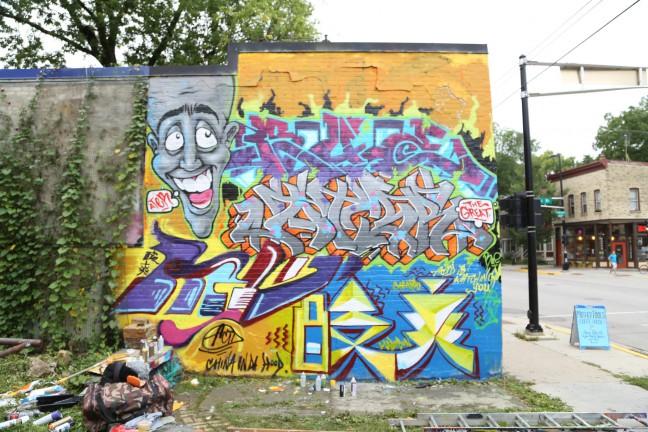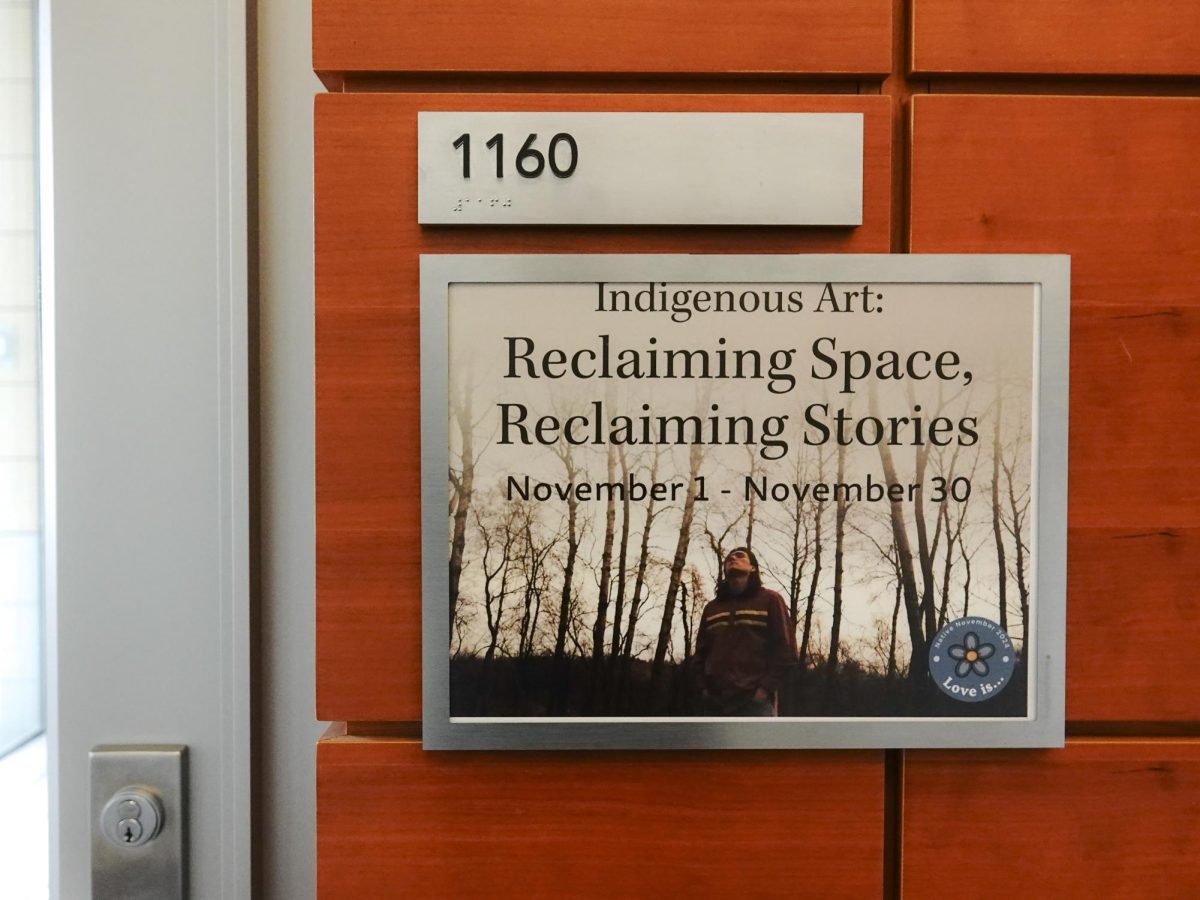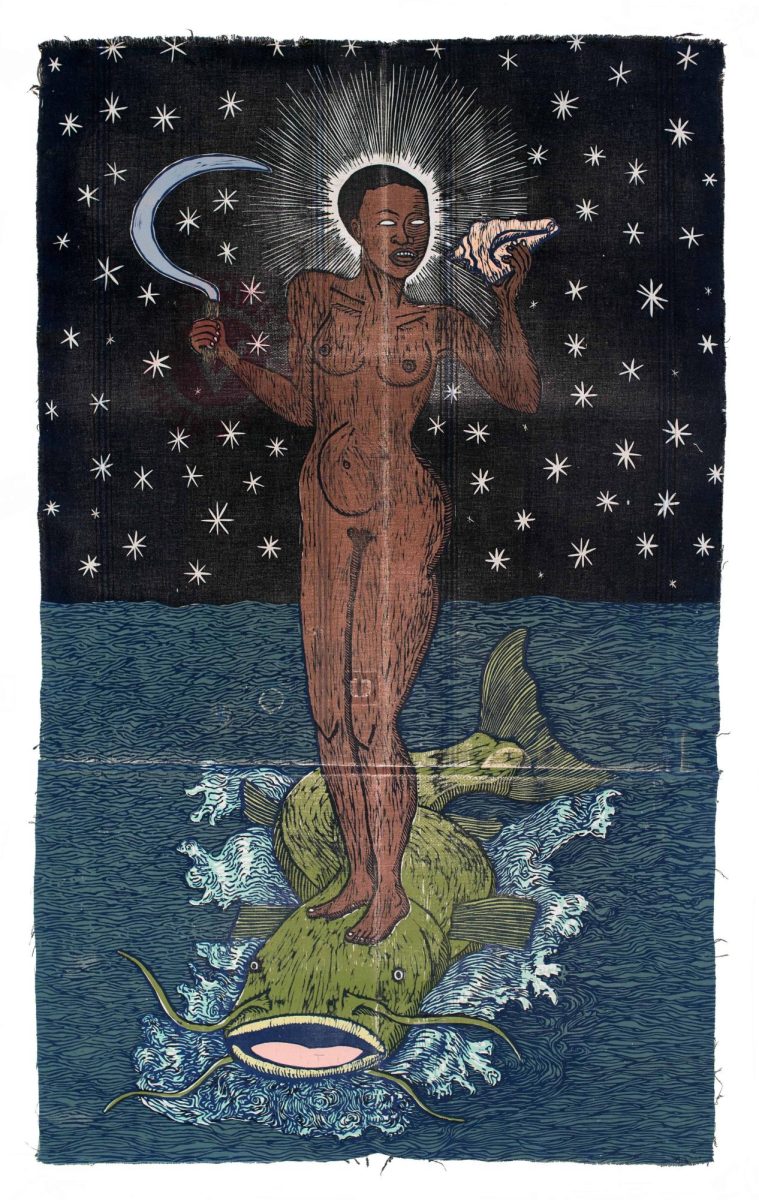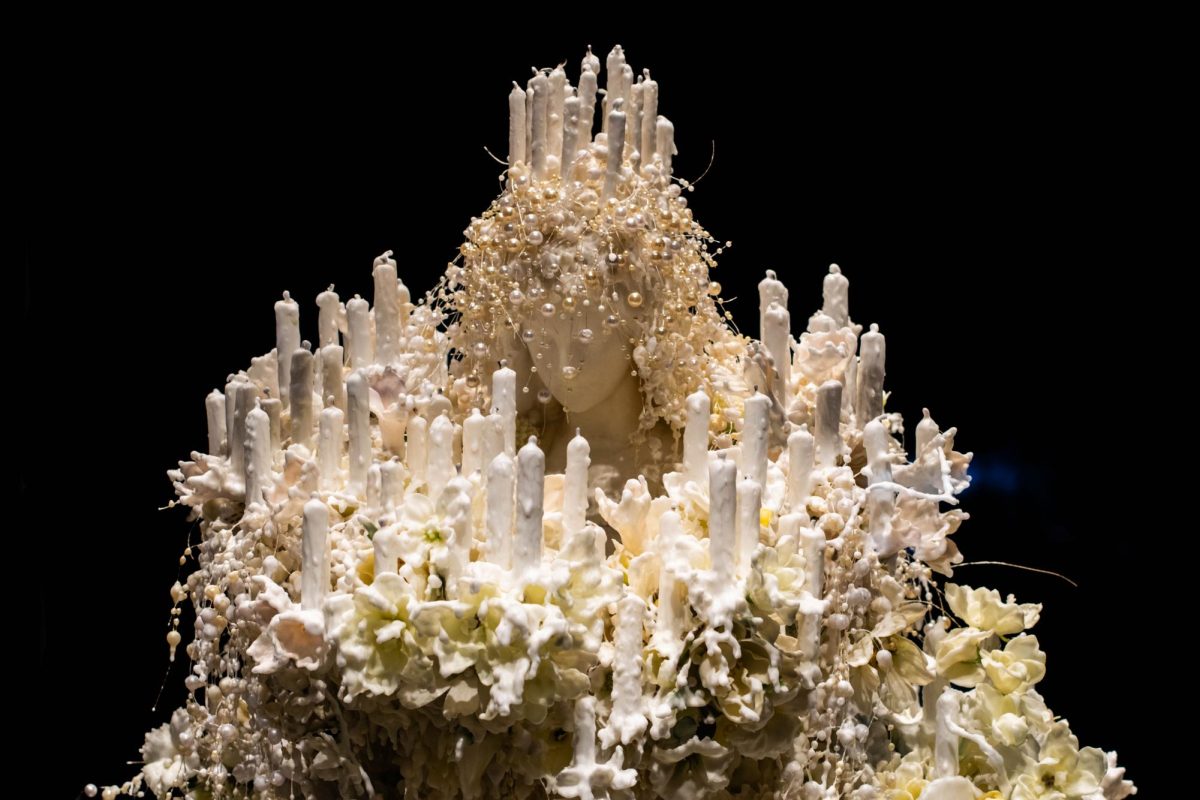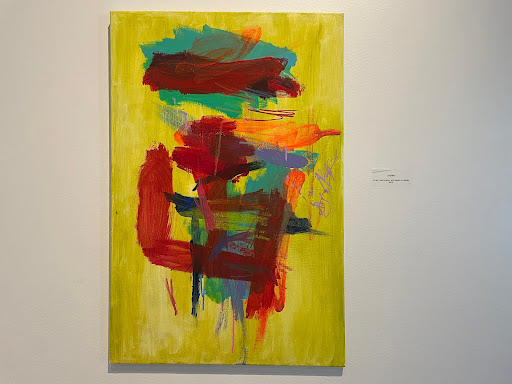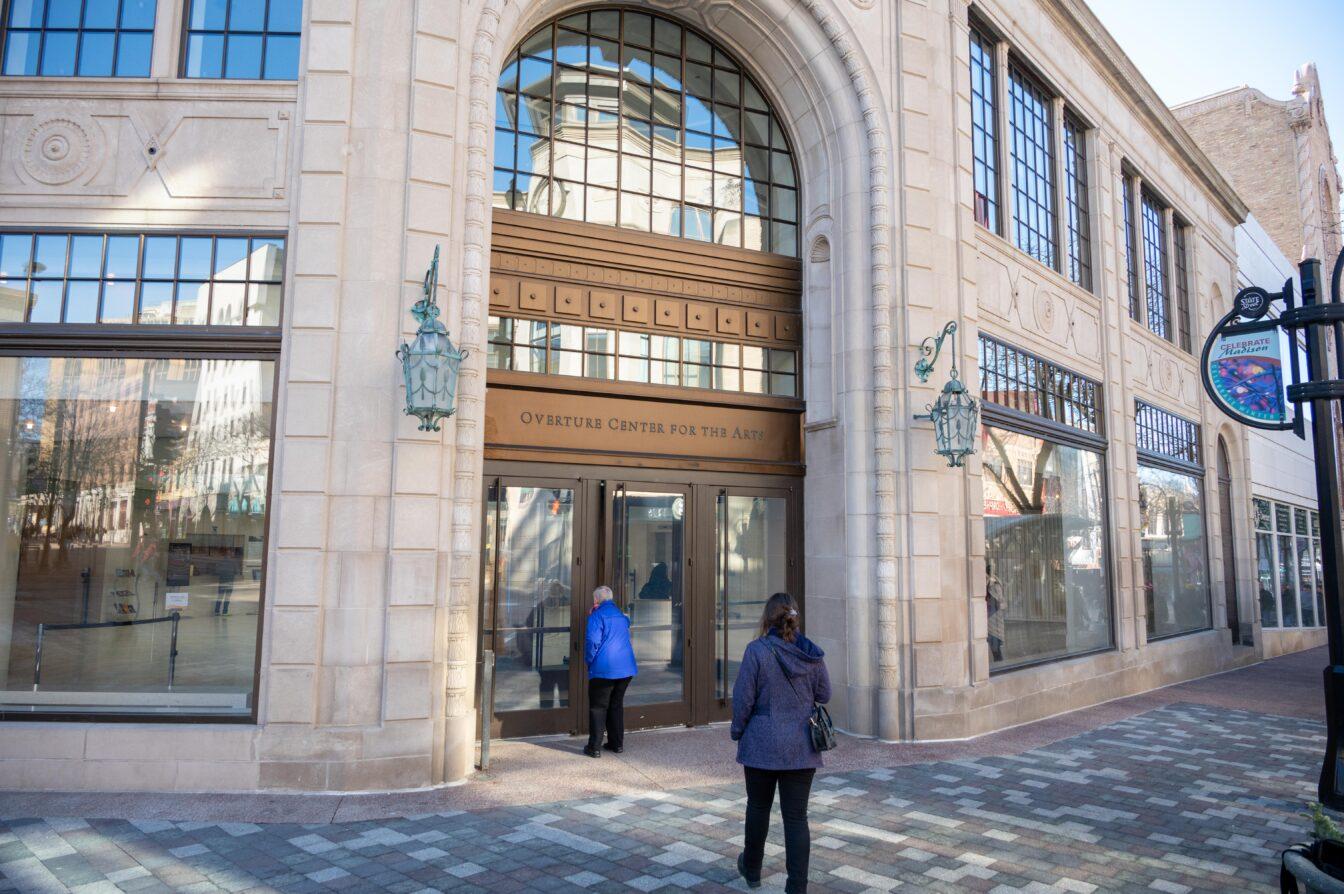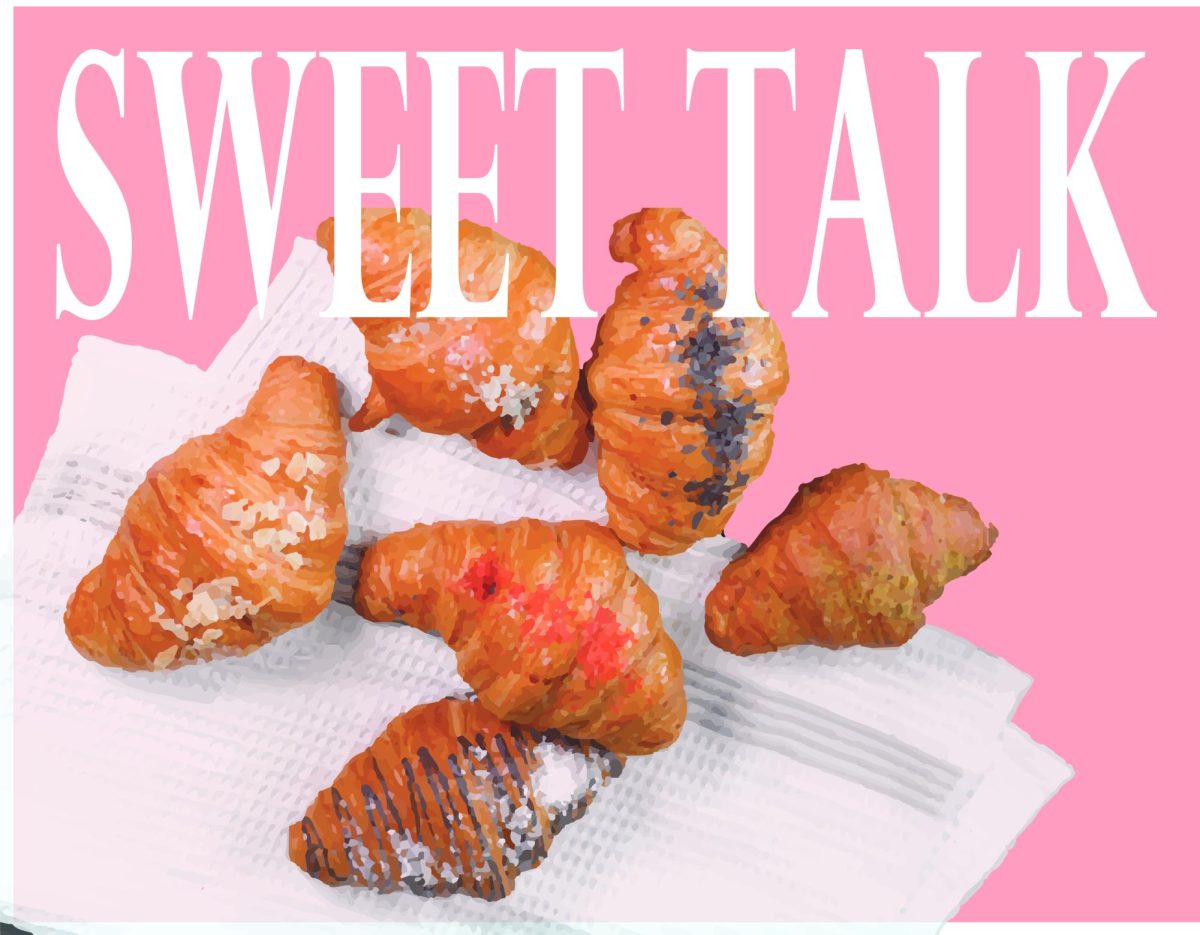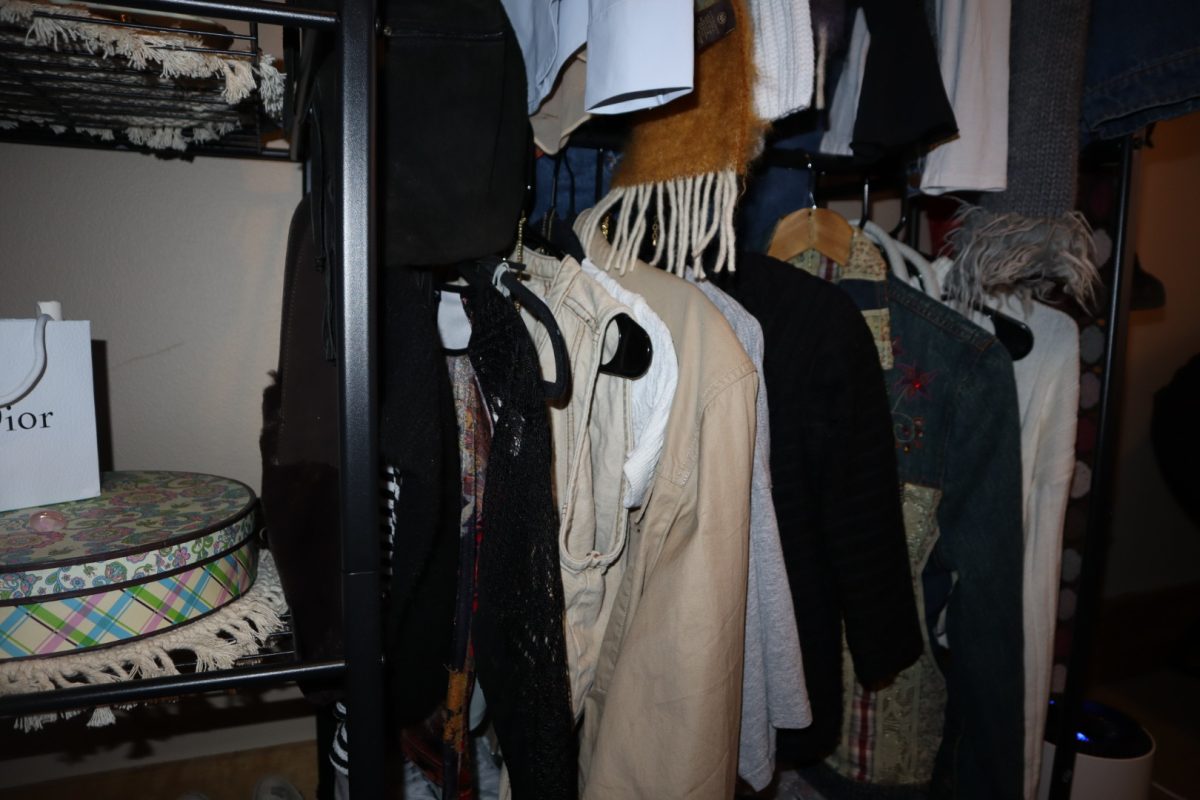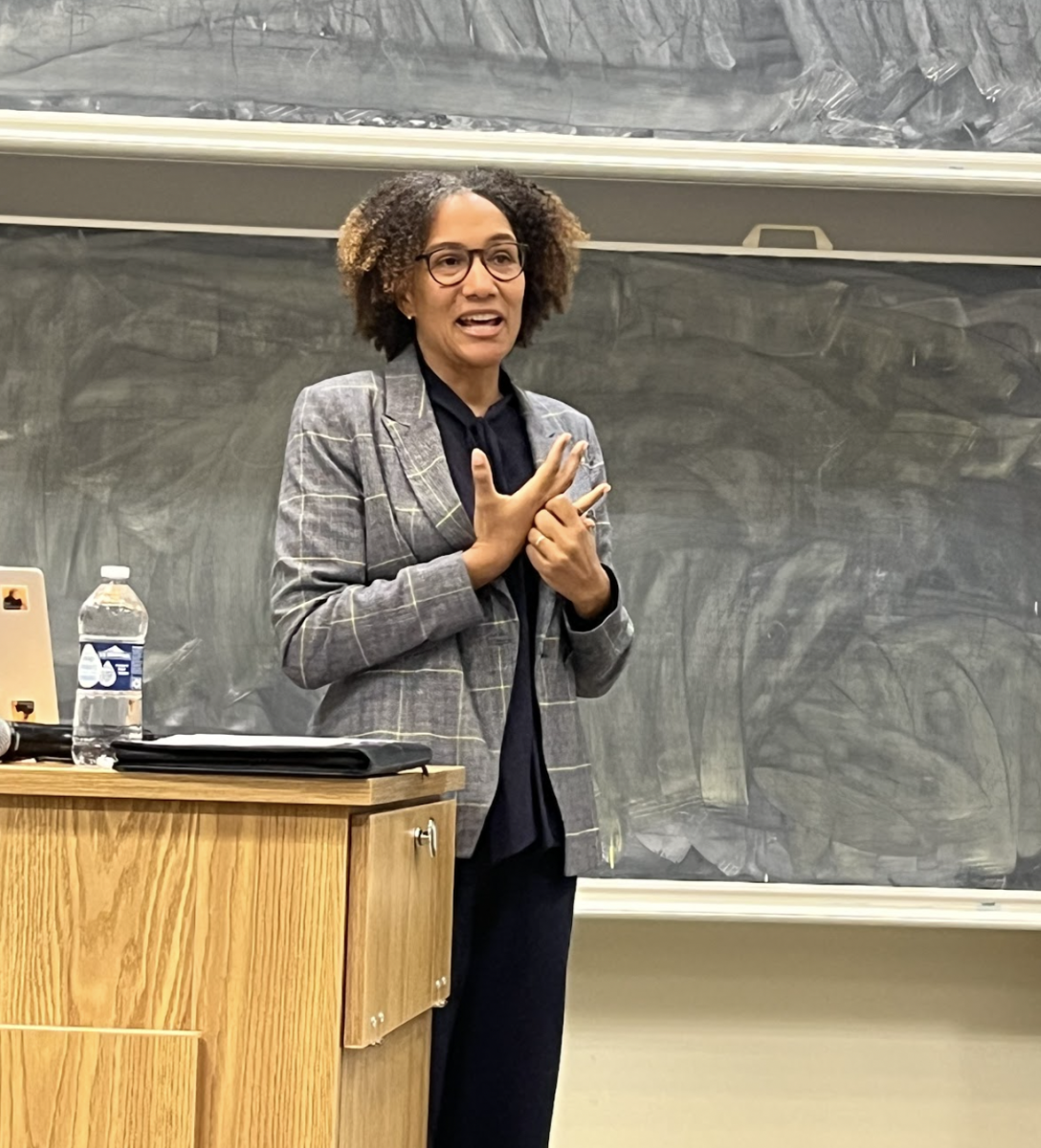Madison may be regarded as a culturally-rich city, but its relationship with public art — particularly graffiti and murals — has long been tenuous.
For example, in 1985 the city commissioned Spring Green artist Richard Haas to paint a mural along Lake Monona. But Haas’ expansive 3D work — which mocks Madison’s refusal to accept Frank Lloyd Wright’s terrace design 40 years earlier — was later built over and hidden by the current Monona Terrace.
It was against these odds that Williamson Street coffee shop Mother Fool’s created their permission wall, an open canvas for any muralist or graffiti artist to exhibit unique work. The nearly 14-year-old canvas was most recently claimed by a University of Wisconsin student who goes by the tag AC!D. Her graffiti mural, painted Aug. 29, reflects her own experiences counter-culturally back home in China and on the isthmus.
The mural’s history began in 2001 when Mother Fool’s co-owner Jon Hain read about permission walls in a magazine article. Hain and his fellow owner Stephanie Rearick contacted then-alder Judy Olsen about finding an appropriate space.
After a neighborhood meeting helped set parameters for obscene content, the wall was open for artists. Since then, it has been graced by around 100 murals, Hain said.
“I really think public art serves a good purpose and I think that when it’s changing all the time, that is even more valuable,” Hain said. “When there’s the same mural in the same place for years we kind of tune it out. I think it’s really good to have things changing all the time.”
The permission wall is unlike other public works because Mother Fool’s has no direct interaction with artists. If an interested party contacts the coffee house, they are redirected to one of several coordinators. Often owners and employees have no idea when a new mural may be going up.
As a result the pieces have ranged in theme, aesthetic and scope for over a decade. The very first, created just after the 9/11 attacks, depicted the Statue of Liberty as a troll. One of Hain’s personal favorites was a black-and-white portrait of a young woman, but says his opinion is irrelevant to the mural’s purpose.
“Some of them have been kind of provocative and sometimes its caused some conversations,” Hain said. “I’ve heard from people that they changed their route of how they get to work and stuff so they can make sure to see the new one all the time … Honestly art is whatever you find to be art.”
AC!D first learned about the permission wall in her learning community First Wave. After contacting a coordinator and planning her work, AC!D invited many UW musicians, fellow graffiti artists and anyone who wished to witness the event.
But AC!D’s fascination with public art began long before Mother Fool’s or even Wisconsin. Born and raised in Chengdu, China, she became fascinated with graffiti at an early age. After years of replicating the public art around Chengdu, AC!D officially entered the graffiti scene as a high school sophomore. Her art form quickly evolved into a reflection of personal experiences and observations in a place where authority feels omnipresent.
After moving to Madison for school, AC!D expected an America that cherished freedom of expression. But she had difficulty connecting with artists or finding any graffiti at all on the isthmus.
“I heard America is so free about [graffiti] and people accept that, but what I saw is so different,” AC!D said. “When I was in China I belonged to a majority, and when I came here, I became a minority. It’s a huge transition for me, so I started observing more about the world, more about the society. I try to add more of this element into my artwork.”
AC!D and several other artists created the wall’s latest masterpiece in about four hours. The end result — which includes her trademark phrases “AC!D is watching you” and “China in the hood” — demonstrates her Chinese origins and pursuit to make graffiti more widely accepted.
“The authority does not realize that graffiti is becoming an art,” AC!D said. “I’m thinking how to make this counter culture more acceptive to people … Graffiti is a visual art, not vandalism.”


